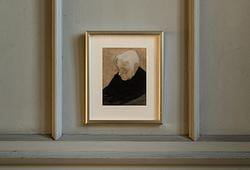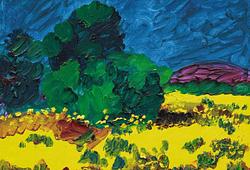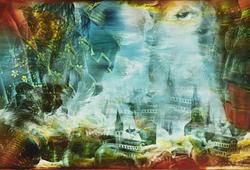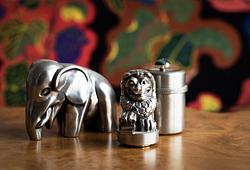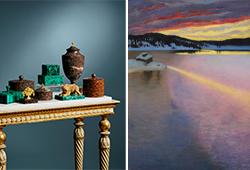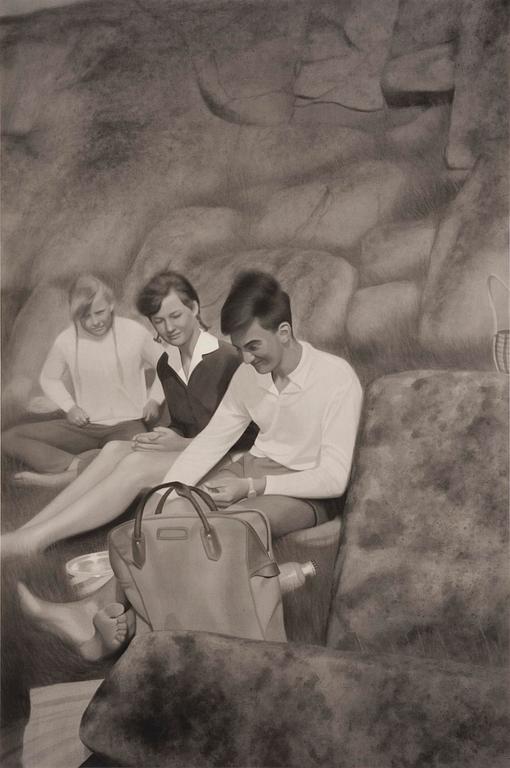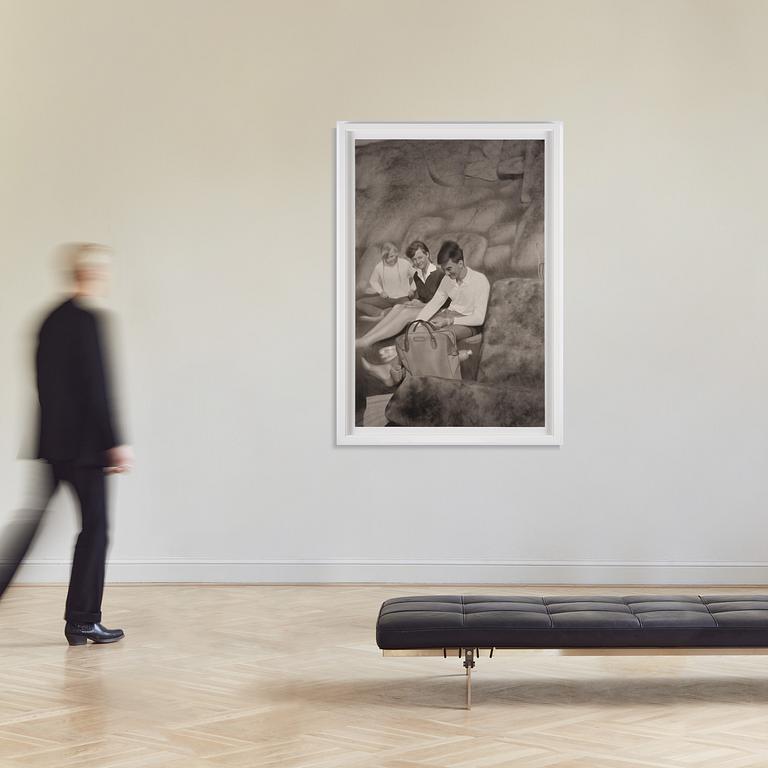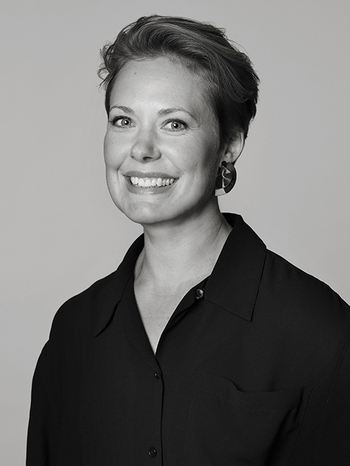Gunnel Wåhlstrand
"Lökholmen"
Signed Gunnel Wåhlstrand and dated Stockholm 2002 on label verso. Inkwash on paper 180 x 123 cm.
Provenance
Andréhn-Schiptjenko, Stockholm.
Christian Larsen, Stockholm.
Bukowski Auktioner, Vårens Contemporary 573, 14 May 2013, lot 421.
Private Collection, Sweden.
Exhibitions
Royal Academy of Art, Stockholm, Master Exhibition, 2003.
Literature
Gunnel Wåhlstrand, Jesper Sharp, Ben Street and David Neuman, "Gunnel Wåhlstrand", 2013, illustrated full page p. 24 and illustrated p. 71.
David Neuman, Lars Norén, Bronwyn Griffith and Gunnel Wåhlstrand, "Gunnel Wåhlstrand", 2017, illustrated full page p. 62.
More information
Lökholmen is an early major work in Gunnel Wåhlstrand’s artistic career and is part of a suite of six monumental ink wash paintings presented in her graduation exhibition at the Royal Institute of Art in Stockholm in 2003. The exhibition marked a decisive breakthrough for the artist, with several works acquired by Magasin III, laying the thematic foundation that has continued to shape Wåhlstrand’s artistic practice ever since.
The motif is typical of her work during this period: a family in an archipelago landscape, depicted with photographic precision that evokes both intimacy and nostalgia. The picnic basket, the Twist candy tin, and the Swedish cliffs anchor the scene in the 20th-century Swedish welfare state, while the composition and lighting imbue the image with a quiet gravity. The everyday becomes visual poetry.
Wåhlstrand works from black-and-white family photographs, primarily from the 1940s to 1960s, often taken by her grandfather. By translating these images into inkwash, she transforms them from private memory fragments into universal, timeless reflections on presence, absence, and memory. Her father passed away when the artist was one year old, and art became a way to approach him through the images in which he once appeared. Her method is both controlled and emotionally charged: each painting is a painstaking and time-consuming process, where ink is applied in thin layers to build up depth, shadows, and highlights with meticulous precision. A single misplaced drop can ruin weeks of work.
In Lökholmen, the technical and emotional aspects are united with particular clarity. The work is large in scale but marked by intimacy. Light falls over the figures with a soft shimmer, and the sharp contrasts between light and shadow emphasize the sunny summer day - while also hinting at an underlying stillness, a mood that recurs in Wåhlstrand’s work and often evokes scenes from a life where something has happened, or is just about to happen.
Since her debut, Wåhlstrand has exhibited at institutions such as Moderna Museet, Magasin III, Nordiska Akvarellmuseet and Prins Eugen’s Waldemarsudde. Her works are found in numerous public and private collections, including the Public Art Agency Sweden, Moderna Museet, Malmö konstmuseum, Uppsala konstmuseum, and the UBS Art Collection in Zurich.
Through her uncompromising technique, slow painting process, and thematic consistency, Gunnel Wåhlstrand has developed an artistic practice that unites the personal with the universal. Lökholmen is a work that bears the marks of this balance - between the documentary and the poetic, between representation and interpretation, between what has been and what is still unfolding.




